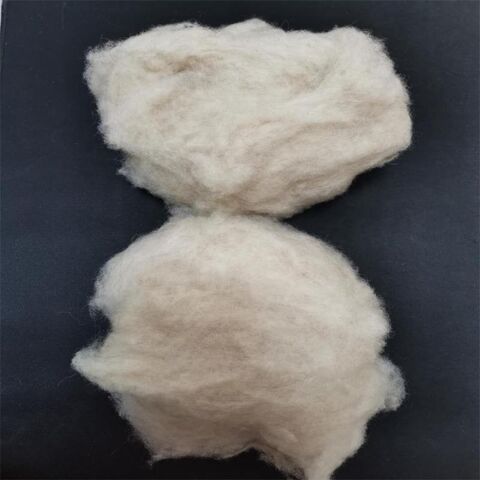What Is Cashmere and Why It’s a Essential in Every Fashion Lover’s Wardrobe
What Is Cashmere and Why It’s a Essential in Every Fashion Lover’s Wardrobe
Blog Article
Checking Out the Various Types of Cashmere an All-natural Fiber for Ultimate Luxury
Cashmere, a natural fiber, is usually connected with luxury and comfort. The extra budget friendly Chinese cashmere, the conventional Scottish variant, and the high-end Italian mix, all tell a different story of this amazing fiber.
Understanding the Glamorous Nature of Cashmere
Cashmere, often related to luxury and comfort, holds a distinct attraction on the planet of natural fibers. This soft, lightweight material is fancied for its remarkable warmth and exceptional durability. Unlike other natural fibers, cashmere combines insulation with breathability, offering unrivaled comfort throughout differing temperature levels. Its shiny surface and soft appearance add to its premium allure, validating the premium rate that usually includes cashmere garments. Furthermore, cashmere's inherent crease resistance and flexibility improve its desirability, making it a recommended option for costs garments and accessories. In spite of its delicate look, cashmere has a surprising resilience, able to keep its shape and elegant feeling over time. This special mix of features seals cashmere's setting as a sign of elegance and extravagance.
Simply What Is Cashmere and Where Does It Originate from?

Cashmere is acquired from the soft undercoat of cashmere goats, largely discovered in Mongolia, China, Iran, and Afghanistan. This meticulous procedure contributes to the shortage and high price of cashmere. With its origin in the rough landscapes of Asia, cashmere is a testimony to nature's capacity to generate high-end from difficulty.
Deciphering the Different Types of Cashmere
Understanding the different kinds of cashmere is key to appreciating the top quality and one-of-a-kind qualities of this lavish material. Typically, cashmere is categorized right into 3 kinds: raw, virgin, and reused. Raw cashmere is directly obtained from the goat and is unprocessed. This type commonly contains contaminations such as dust and crude hair. Virgin cashmere, on the various other hand, is the pure, unrecycled product that is rotated right into yarn for the very first time. It is the softest and most elegant. Lastly, recycled cashmere is made from virgin product that has actually been formerly utilized. It is re-spun and used in generating lower-cost cashmere items. Deciphering these types is the primary step in recognizing the exclusivity and value of cashmere.

The Special Attributes of Each Kind Of Cashmere
Having actually explored the different groups of cashmere, it emerges that each kind flaunts its special collection of features. Mongolian cashmere, for instance, is renowned for its superior quality, because of Mongolia's harsh winters that generate longer and finer fibers. Conversely, Chinese cashmere is typically extra economical, though its shorter fibers can lower durability. Scottish cashmere is celebrated for its splendid gentleness, an outcome of the standard water washing procedure making use of Scotland's soft water. Italian cashmere, meanwhile, is popular for its skillful blending and tinting strategies, rendering it lively and functional. Indian cashmere, additionally recognized as Pashmina, is valued for its amazing lightness and warmth. Each kind, hence, adds to the textile's track record for More Help luxury.
Why Cashmere Is the Epitome of High-end in vogue
Cashmere holds a prestigious placement worldwide of style, pertained to as an icon of luxury and class. Its appeal is not just in its soft qualities and heat, but also in its rarity and the precise procedure associated with its procurement. Cashmere is originated from the fine undercoat of Himalayan goats, understood for their premium high quality fiber. The shortage of this fiber, combined with the labor-intensive procedure of collection, adds to its high rate and unique status. In addition, cashmere's unequaled convenience and toughness make it an in-demand material in the development of premium garments. Its all-natural light-weight and protecting residential properties include to its desirability, making it the embodiment of deluxe in vogue.
The Process of Making Cashmere: From Goat to Garment
The journey of cashmere, from being an undercoat of a Himalayan goat to a luxurious garment, is an intricate one. With the arrival of spring, farmers in Mongolia and China collect the wool by brushing the goats, making sure no harm is done. The gotten wool contains crude outer hair and soft downy undercoat. This mix is after that painstakingly separated, with just the soft down used for cashmere. This raw cashmere is washed, dyed and spun right into yarn. The thread is then woven or knitted into materials. The last action entails washing and pushing to offer the fabric its characteristic gentleness and heat. Website From goat to garment, each action is a testimony to the ability, artistry and persistence associated with crafting cashmere.

Conclusion
In verdict, cashmere, with its natural beauty and unmatched convenience, reigns supreme on the planet of luxury fashion. The diversity in types, varying from the soft Mongolian, light-weight Indian Pashmina, budget friendly Chinese, conventional Scottish, to the colorful Italian, exposes link the convenience of this natural fiber. The scrupulous procedure of changing it from a goat to a garment better includes in its exclusivity, making cashmere the epitome of class and deluxe.
Cashmere, a natural fiber, is usually connected with deluxe and convenience (is cashmere a natural fiber).Cashmere, commonly connected with deluxe and convenience, holds a distinct attraction in the globe of all-natural fibers. Unlike various other natural fibers, cashmere combines insulation with breathability, providing unparalleled convenience throughout varying temperatures. Cashmere is derived from the soft undercoat of cashmere goats, mainly discovered in Mongolia, China, Iran, and Afghanistan. Cashmere is acquired from the fine undercoat of Himalayan goats, known for their superior quality fiber
Report this page